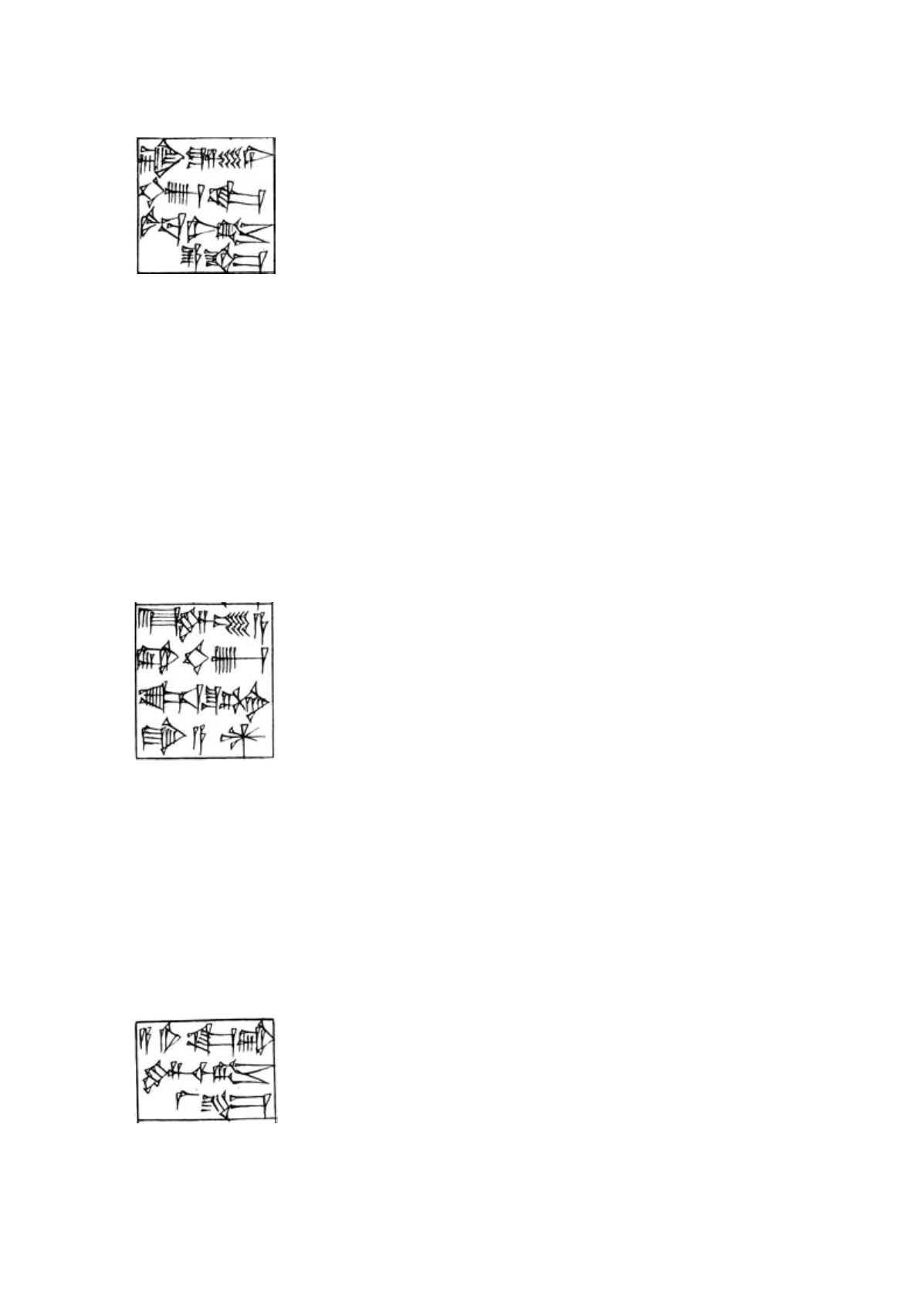

245
Gudea di Lagash – La costruzione del tempio di Ninjirsu - Cilindro A
A XXII.5 - 598
šim zid i
3
.hi.nun.kami
2
ba.ni.ib2
.e.ne[šim zid i
3
.
hi.nun.ak].a mi
2
ba.ni.b.e.ene
Con buon profumo ed olio prezioso si prendono cura di esso.
šim : “herbe aromatique, bois odoriférant; odeur, parfum; odoriférant” (PLS.135); “herb; aromatic wood;
resin; spice; fragrance, perfume” (SL); cfr. A VIII.11
zid : “right (hand); righteous; good; firm; faithful; true; legitimate; lawful; appropriate” (SL)
i
3
.hi.nun (letto anche, in base alle diverse letture del segno hi, i
3
.dug
3
.nun(.na), i
3
.du
10
.nun(.na)) “crème
parfumée; parfum” (PLS.73); “gutes fürstliches Öl” (GSG1.93); i
3
.hi.nun.ak: letteralmente “olio
dell’abbondanza” (GSG1.86, 93); hi.nun : “abundance, fruitfulness ('may it be; numerous' + 'great, fine,
deep')” (SL), “hoher Reichtem = Überfluss” (GSG1.60). Vedi A XVIII.20
[…].a : “mit rechtem Parfum (und) gutem fürstlichen Öl” (GSG2.4); col marker del locativo (GSG2.114)
mi
2
ba.ni.b.e.ene “man hegt es damit” (GSG1.44); .ba è il CP (GSG1.190); .ni è il DP del locativo; .b è il PA
riferito al paziente (“cedro”); .ene è la desinenza del plurale (GSG2.153; è desinenza
marû
e non
hamtu
;
GSG1.158 traduce al presente ‘hegt’, ma lo colloca sotto il preterito); per il verbo composto mi
2
…e “to
take great care with” (SL), vedi A VII.16, A VI.21
A XXII.6 - 599
e
2
im.du 8 .a.bihi.nun abzu šu
tag.ga.am 3e
2
.ak
im.du 8 .a.bi[hi.nun abzu].ak šu
tag.a.am 3Il muro in fango del tempio è decorato con l’abbondanza dell’Abzu;
e
2
.ak : genitivo anteposto
im.du 8.a : “wall of rammed earth; adobe wall ('mud' + 'to build, erect' + nominative)” (SL); du
8
.a è un
participio passivo “il costruito con fango”; Falkenstein lo intende invece quale infinito e traduce “sein
Haus des Lehm-Stampfens” (GSG1.138)
[hi.nun abzu].ak : con marker del genitivo (GSG1.98)
abzu : vedi A II.11
šu
tag.a.am 3: “ist überzogen” (GSG1.144), “ist mit dem Überfluss des Abzu geschmuckt” (GSG2.82); tag.a
è qui participio intransitivo/passivo (GSG2.73). Cfr A XII.3, XXII.3
A XXII.7 - 600
A.JAR.KA.bi im.ši.ib2
.suru
5
.ne
A.JAR.KA.bi.a i
3
.b.ši.b.suru
5
.ene
nel suo Agarka vi appendono (?).
A.JAR.KA: ?. SL riporta un A.jar, var. e
5
.jar, ejar, ijar “bric kwall”; “mur de briques, maçonnerie”
(PLS.45) ; PSD2.9 riporta invece
A.GAR.KA“part of temple”. Assumo che sia in caso locativo
















